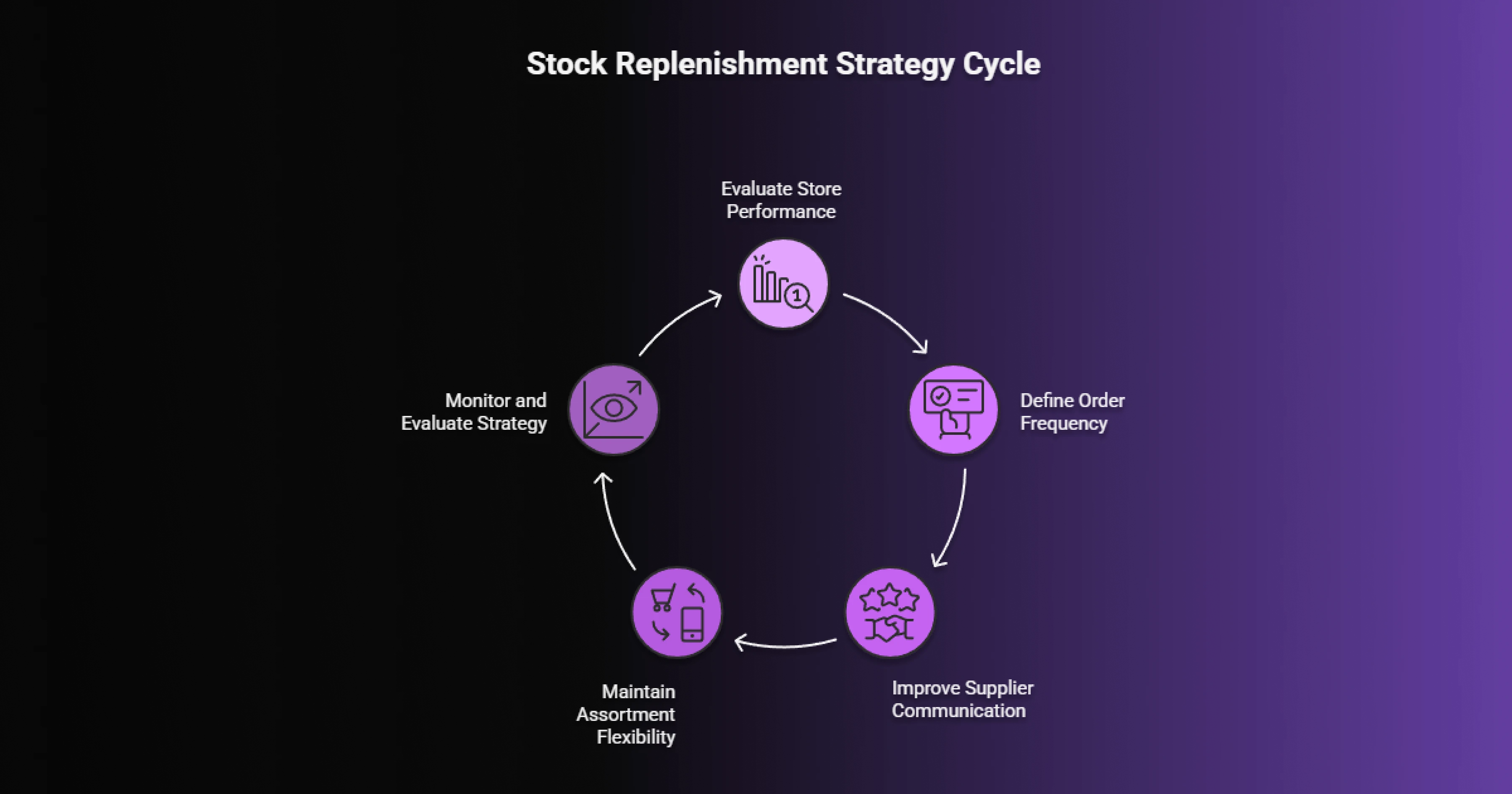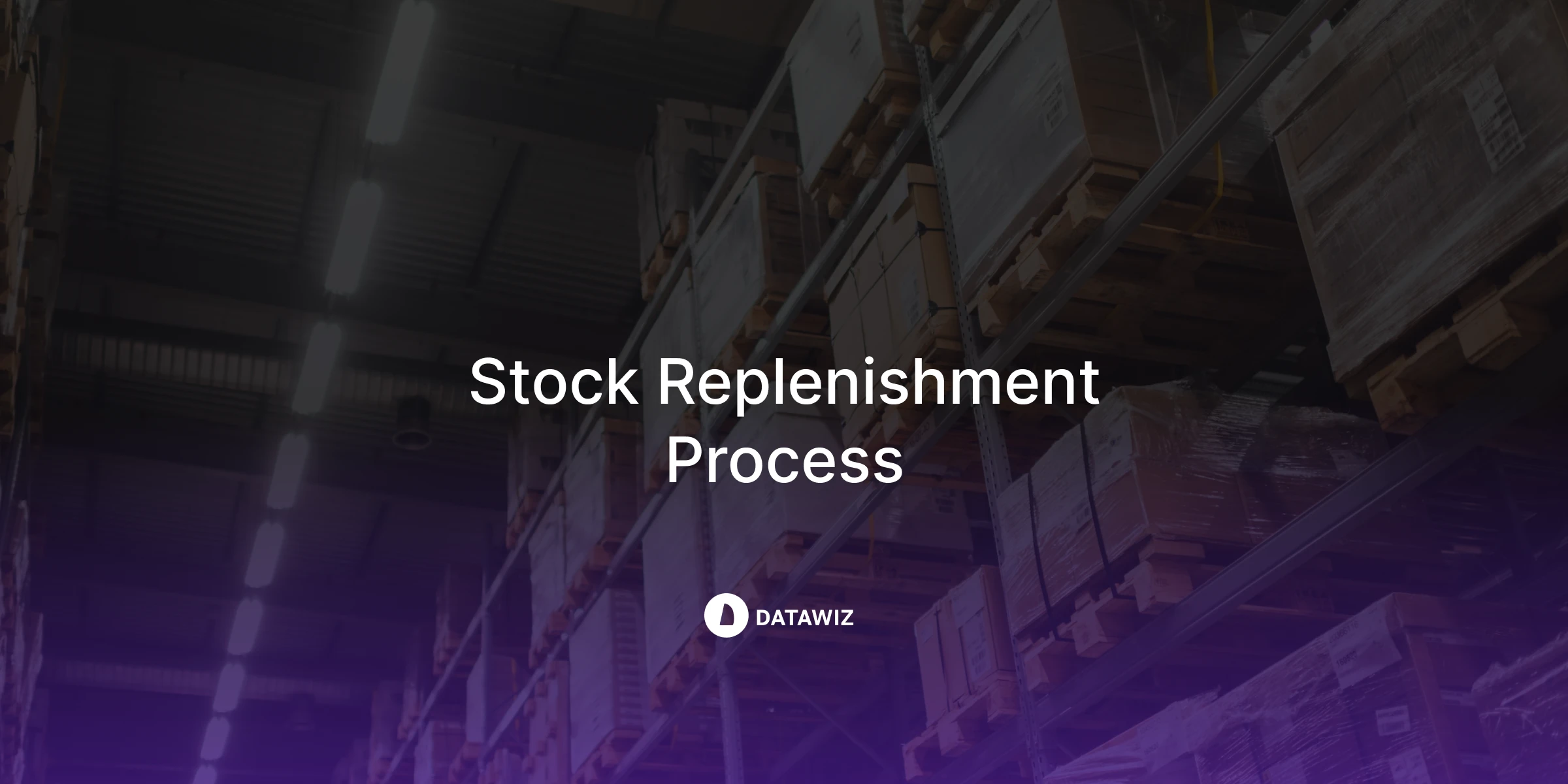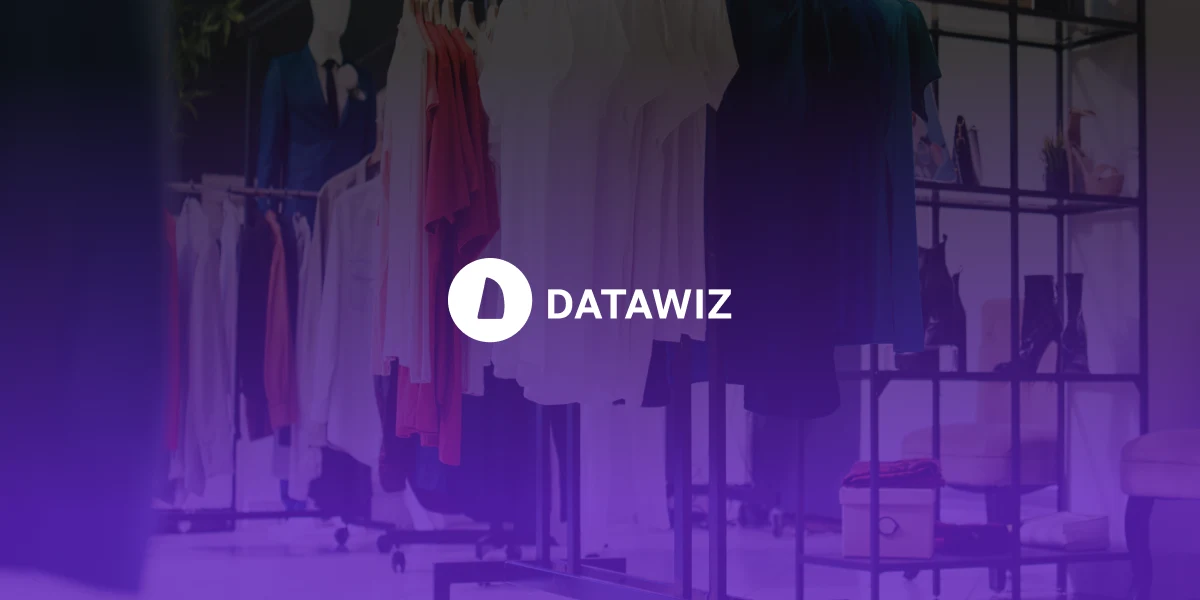Today, when consumers can always find the right product in an online store, it is more important than ever to monitor the availability of products in offline stores. Optimizing inventory management will definitely increase the efficiency of the chain, increase profits, and help avoid excessive or insufficient stock.
In recent years, modern technologies have significantly improved the capabilities of retailers. Artificial intelligence, machine learning, and in-depth analytics are used to achieve responsiveness, automate certain processes, and replace a large number of employees. All actions are taken to satisfy the consumer and make a profit.
Why do retail chains need to stock up on goods?
Stocking up on goods is a must for any retail chain to run smoothly. It keeps sales going, meets customer demand, and keeps the business financially stable.
The key reasons why retailers need to build and manage stock
Ensuring sales continuity
Customer demand is constant, but deliveries often happen at specific intervals. Well-managed stock replenishment helps retailers avoid stockouts and empty shelves while goods are in transit or awaiting the next delivery.
Offsetting logistics delays
Transportation always involves time — loading, shipping, unloading, and processing. Maintaining inventory allows retailers to bridge that gap and keep sales uninterrupted throughout the stock replenishment process.
Managing seasonal fluctuations in demand and supply
Many products are seasonal — from winter clothing to cold beverages. Retail stock replenishment enables retailers to prepare for peak sales periods when demand spikes but production or delivery capacity may be limited.
Balancing assortment between manufacturer and retailer
A manufacturer’s product range often doesn’t fully align with a retailer’s format or customer needs. Additional sorting, repackaging, or bundling is often required before items reach store shelves — which means retailers must maintain stock buffers.
Adapting to geographic supply constraints
When production sites or supplier warehouses are far away, retailers need to keep a safety stock to protect against logistical risks, delivery delays, or transport disruptions. Effective inventory replenishment software helps plan this buffer intelligently.
Meeting technical storage requirements
Certain product categories need special storage conditions — temperature control, humidity levels, and more. Controlled stock levels ensure that these requirements are met, minimizing product spoilage or quality losses.
Improving purchasing efficiency
Buying in bulk is often more cost-effective than frequent small shipments. Retailers form stock reserves to lower logistics costs and negotiate better purchasing terms, making their stock replenishment process more profitable.
Stabilizing demand and profitability
Having sufficient stock on hand enables retailers to maintain consistent product availability even when production or deliveries fluctuate. This stability drives sales growth, customer loyalty, and overall profitability.
Therefore, inventory management is not just a warehouse operation, but a strategic tool for managing the stability, profitability, and competitiveness of a retail chain.
What is a Stock Replenishment Strategy?
A stock replenishment strategy is a structured plan that defines how, when, and in what quantities inventory should be replenished to ensure the right products are available at the right time - without overstocking or running out.
In retail, it’s the backbone of smooth operations: an effective retail stock replenishment strategy keeps shelves full, customers satisfied, and working capital optimized.
5 Key Stages of a Stock Replenishment Strategy
Evaluate store network performance
To build an effective replenishment strategy, start with a detailed analysis of past inventory reports. Historical data reveals seasonal trends, market dynamics, and consumer preferences.
Datawiz analytics goes further - it factors in promo-driven sales growth and identifies the top-performing assortment for each store location.
It’s also important to detect products with no recent sales to avoid unnecessary restocking in the next replenishment cycle.
Define order frequency and reorder points
Establish a reorder point — the level at which the system triggers a reminder or automatic order to restock. In simple terms, once current inventory hits this threshold, the stock replenishment process begins.
The key advantage of automation is that these triggers account for supplier details and delivery lead time. Notifications can appear directly in the system or be sent via email, depending on the setup of your inventory replenishment software.
Improve supplier communication
Replenishment success depends not only on finding suppliers but also on monitoring their performance. Delivery schedules, timeliness, and product quality all affect a supplier’s overall rating.
Retailers should also evaluate how well each supplier’s products perform in sales to prioritize the most reliable partnerships in the stock replenishment process.
Maintain assortment flexibility
Category managers should determine which SKUs can be replenished automatically and which are part of temporary or seasonal offers.
For example, demand spikes for new or trendy items may be short-lived — so it’s wise to keep an up-to-date assortment matrix to guide replenishment decisions and avoid excess inventory.
Monitor and evaluate your replenishment strategy
To measure strategy effectiveness, track key stock replenishment KPIs such as stockout rate, turnover ratio, and inventory coverage.
Continuous monitoring allows retailers to act quickly — adding, replacing, or delisting SKUs or brands as market conditions change.

3 Effective Methods of Stock Replenishment
Time-based or Periodic Replenishment
How it works:
Orders are placed at fixed time intervals — for example, once a week or once a month — regardless of the current inventory level.
This approach has several advantages: it simplifies delivery scheduling, improves supplier coordination, and works well for products with stable demand.
However, it carries certain risks — between replenishment cycles, stock levels can swing too high or too low.
Reorder Point or Continuous Replenishment
How it works:
When inventory reaches a predefined minimum level, the system automatically triggers a stock replenishment reminder or order.
This method allows retailers to react to real-time market demand, keeping stock balanced without excessive overstocking.
It’s one of the most common models in retail stock replenishment because it supports agility and efficiency in fast-changing retail environments.
Forecast-based or Demand-driven Replenishment
How it works:
Orders are generated based on demand forecasts that consider seasonality, promotions, trends, and historical sales data.
Within inventory replenishment software like Datawiz BI, there are ready-made reports and analytics designed to support this type of decision-making.
This approach helps retailers plan inventory in advance and reduce the risk of warehouse overload, making the stock replenishment process more predictable and cost-effective.
 Novedades
Novedades




 ¡No se necesita tarjeta bancaria!
¡No se necesita tarjeta bancaria!